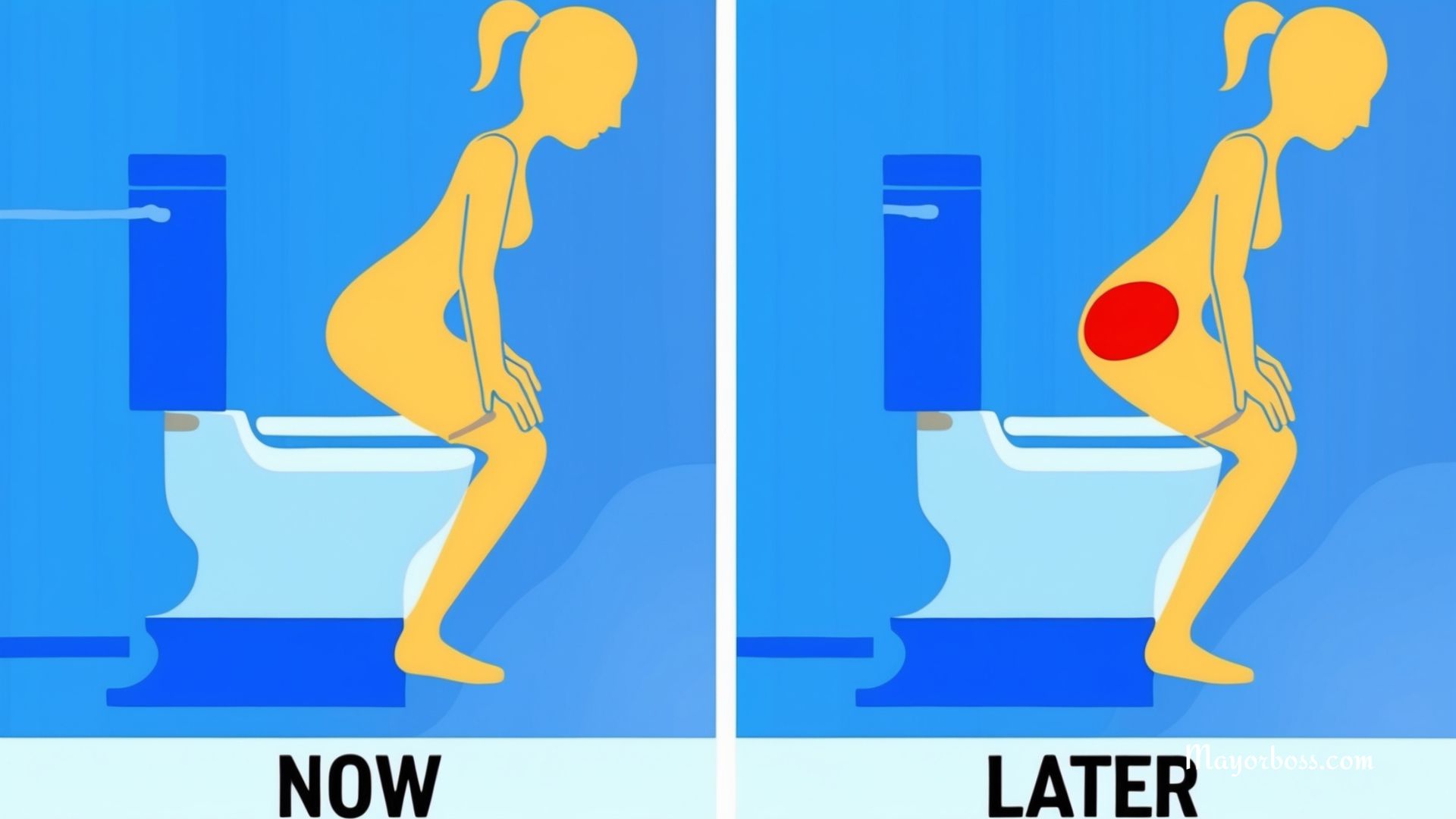How Does Diabetes Insipidus Differ from Diabetes Mellitus?
Diabetes mellitus is characterized by high blood glucose levels due to issues with insulin production or use, leading to excess glucose being excreted in urine. In contrast, diabetes insipidus involves normal blood glucose levels but is marked by the kidneys’ inability to concentrate urine, resulting in frequent urination and thirst.
It’s easy to confuse the two. Understanding the differences between these two conditions is crucial, as despite sharing a name, they differ fundamentally in terms of their causes, symptoms, and treatment methods. Here’s a deeper dive into each condition to clarify these distinctions further.

Diabetes Mellitus: A Sugar Issue
Diabetes mellitus is what most people think of when they hear “diabetes.” It’s a metabolic disorder characterized by high blood sugar levels over a prolonged period. There are two primary forms:
- Type 1 Diabetes Mellitus: This is an autoimmune condition where the pancreas produces little or no insulin, a hormone crucial for regulating blood sugar.
- Type 2 Diabetes Mellitus: More common, this type involves insulin resistance. The body either resists the effects of insulin or doesn’t produce enough to maintain normal glucose levels.
Diabetes Insipidus: A Water Balance Problem
On the other hand, diabetes insipidus is a rare disorder affecting the regulation of body water levels. It’s not about blood sugar but about how the body handles fluids. The main types are:
- Central Diabetes Insipidus: Due to damage to the pituitary gland or hypothalamus in the brain, which affects the production, storage, and release of vasopressin, a hormone that controls water balance.
- Nephrogenic Diabetes Insipidus: Here, the kidneys don’t respond correctly to vasopressin. It can be due to genetic factors or chronic kidney disorders.
Symptom Showdown: Contrasting Presentations
Symptoms of Diabetes Mellitus
In diabetes mellitus, symptoms are often related to high blood sugar levels. You might experience:
- Increased thirst and frequent urination
- Unexplained weight loss
- Fatigue
- Blurred vision
- Slow-healing sores
Symptoms of Diabetes Insipidus
For diabetes insipidus, the symptoms revolve around water balance issues:
- Excessive urination, even at night
- Extreme thirst
- Dehydration, which can lead to dry skin, dry mucous membranes, and feeling weak or dizzy
Treatment Tracks: Divergent Approaches
Managing Diabetes Mellitus
Treatment for diabetes mellitus typically involves:
- Blood sugar monitoring
- Insulin therapy (especially for Type 1)
- Medications to enhance insulin sensitivity or reduce glucose production (for Type 2)
- Lifestyle changes like diet and exercise
Addressing Diabetes Insipidus
Diabetes insipidus management is quite different:
- For central diabetes insipidus, synthetic vasopressin can be prescribed.
- In nephrogenic diabetes insipidus, treatment might involve a low-salt diet, diuretics, and sometimes anti-inflammatory medication.
Frequently Asked Questions
Can Diabetes Insipidus Lead to Diabetes Mellitus?
No, they are unrelated in cause and mechanism. Having one does not mean you will develop the other.
How Common is Diabetes Insipidus Compared to Diabetes Mellitus?
Diabetes mellitus is far more common. Diabetes insipidus is rare, affecting a much smaller percentage of the population.
Is Thirst a Common Symptom in Both?
Yes, but for different reasons. In diabetes mellitus, high blood sugar levels lead to increased thirst. In diabetes insipidus, the body’s inability to conserve water triggers the thirst mechanism.
In conclusion, while diabetes insipidus and diabetes mellitus share a name and some symptoms, they are fundamentally different in terms of their causes, mechanisms, and treatments. Understanding these differences is key to managing each condition effectively. If you suspect you have symptoms of either condition, it’s important to seek medical advice for proper diagnosis and treatment.






